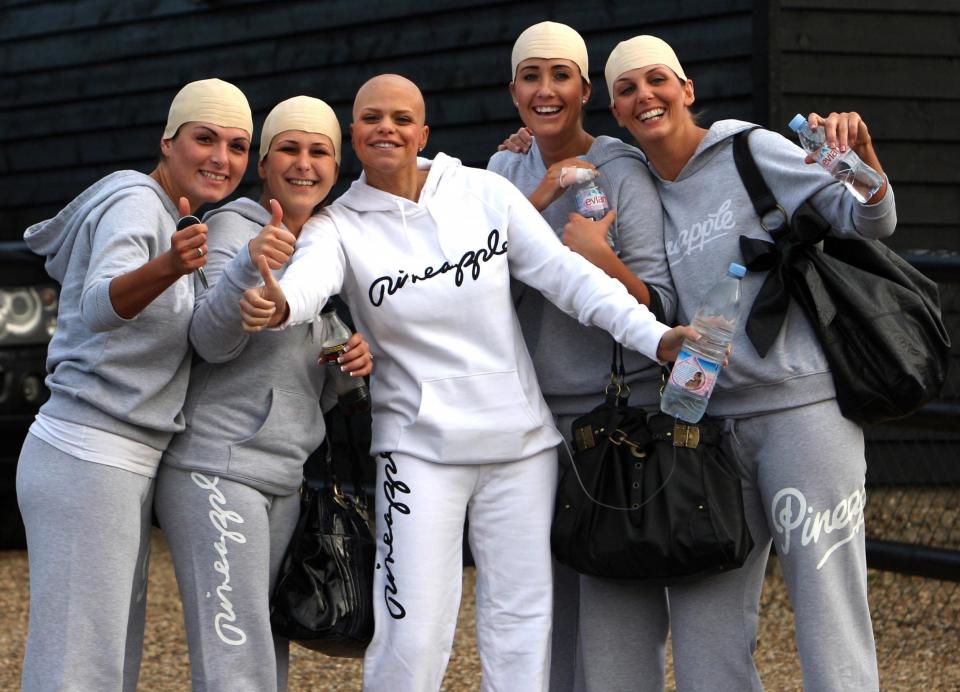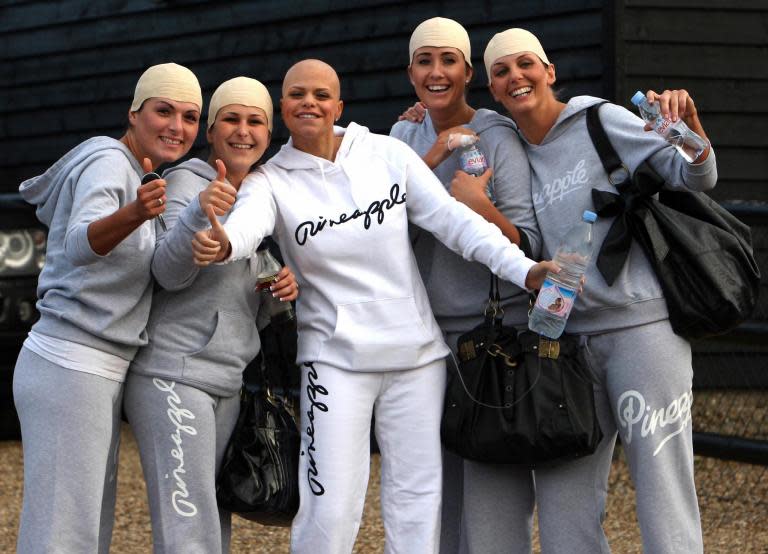How we spent 10 years wasting Jade Goody's cancer screening legacy
Like so many others, I remember Jade Goody’s death like it was yesterday. At the start of her eight years in the public eye, we watched the Big Brother star pop up loud, brash and unabashed on our screens. She won over the nation, then appalled the nation again on Celebrity Big Brother. We watched her reform – and then came the shock of her death from cervical cancer at just 27.
Unlike many of the careers of the reality television regulars we’d come to nurture in Britain at the time, Goody seemed to redefine what the trajectory of an occupation like hers could look like – eventually using it for meaningful change as well as entertainment.
But what I remember most about her was the impact she left behind. The “Jade Goody effect”.
I was 16 when Goody died; 15 when her diagnosis was first reported to the public. And I had honestly never thought about cervical cancer until then. I didn’t know what it was. I didn’t know how to prevent it. And I certainly did not care about it.
Cancers were restricted to the breast, testicles, lungs, brain and bones in my mind at that time. I’m sure it was the same among other teenagers up and down the country. But, as I’ve written in the past, it was the exposure (through Goody’s story) to preventative measures such as cervical cancer screenings, that forced me to take my gynaecological health seriously.
The Jade Goody effect was a boon for a field that had seen the number of people under 35 going for cervical smear tests decline steadily from the late Nineties. At the time of Goody’s death, the number of 25- to 29-year-olds going for screenings had fallen from 79 per cent in 1998 to 66 per cent in 2008. Between the time of her diagnosis to the months following her death, over 400,000 additional women had gone for cervical cancer tests.
The numbers were encouraging at the time. But the hard part was to sustain them. A bill was introduced to reduce the screening age from 25 to 20 in the UK, a move that Goody herself campaigned for in the months leading up to her death. At the time, the then opposition whip, Brooks Newmark, noted there was no guarantee that the Goody effect would last without government action. And he was right.
But the bill did not pass. We now know screenings are not necessarily suited to under-25s. The political momentum was lost.
So where did things go wrong?
Some health experts blamed complacency over cervical cancer risks through the HPV vaccine programme introduced in 2008, but perhaps more important was the government’s failure to seize the opportunity to transform a celebrity-driven health story into a sustainable nationwide campaign. We seemed to put the importance of gynaecological awareness on the back burner.
The Journal of Medical Screening remarked in 2012 that the “effect of celebrity-based publicity” when it came to cervical cancer “appeared short-lived”. By the time 2013 had rolled around, cervical cancer screenings had hit a 10-year-low, according to Jo’s Cervical Cancer Trust.
And now, things are even worse. The most recent data has shown uptake has plummeted to a 20-year low: last year, across all age groups, 71 per cent of women attended screenings, a rate not seen since 1997.
Thomas Ind, a consultant gynaecological surgeon who treated Goody, also believes that a “message and outreach problem” is to blame. He suggests that it may take another celebrity sharing their story for things to change once again. Speaking to The Guardian last year, he said: “I have had similarly [high-profile] patients with abnormal smears. We just need an ambassador.”
Public Health England’s “Cervical Screening Saves Lives” programme was launched in early March to boost attendance by demystifying the process. It looks like a step in the right direction but its timing has come under fire, as it coincides with a number of planned hospital laboratory closures, meaning some will have to wait months before getting their results back.
Whether the scheme will be able to contend with years of neglect, and get those numbers up again, is another story. There is an entirely new generation of people to teach, and even more who may not have been impacted by the “Jade Goody effect” in the first place.
There is no excuse for continually failing to take gynaecological health seriously. With two people a day already dying from cervical cancer in England, and 2,900 diagnosed each year, lives are quite literally at risk. Goody’s story was an extraordinary influence on my generation and is a huge part of why she lives on in our memories. But it’s time we understood that concerted, consistent action is required to make sure her legacy doesn’t simply fade away.

 Yahoo News
Yahoo News 

